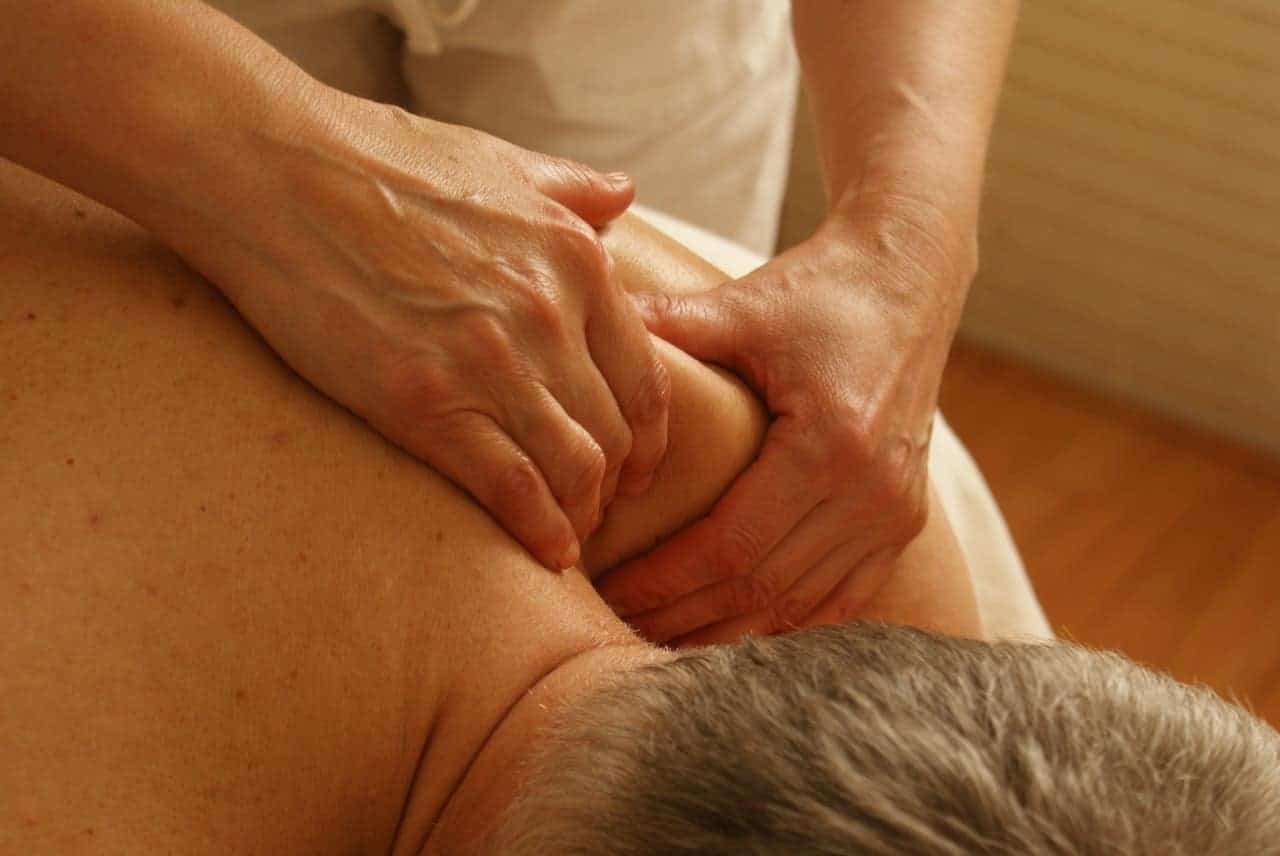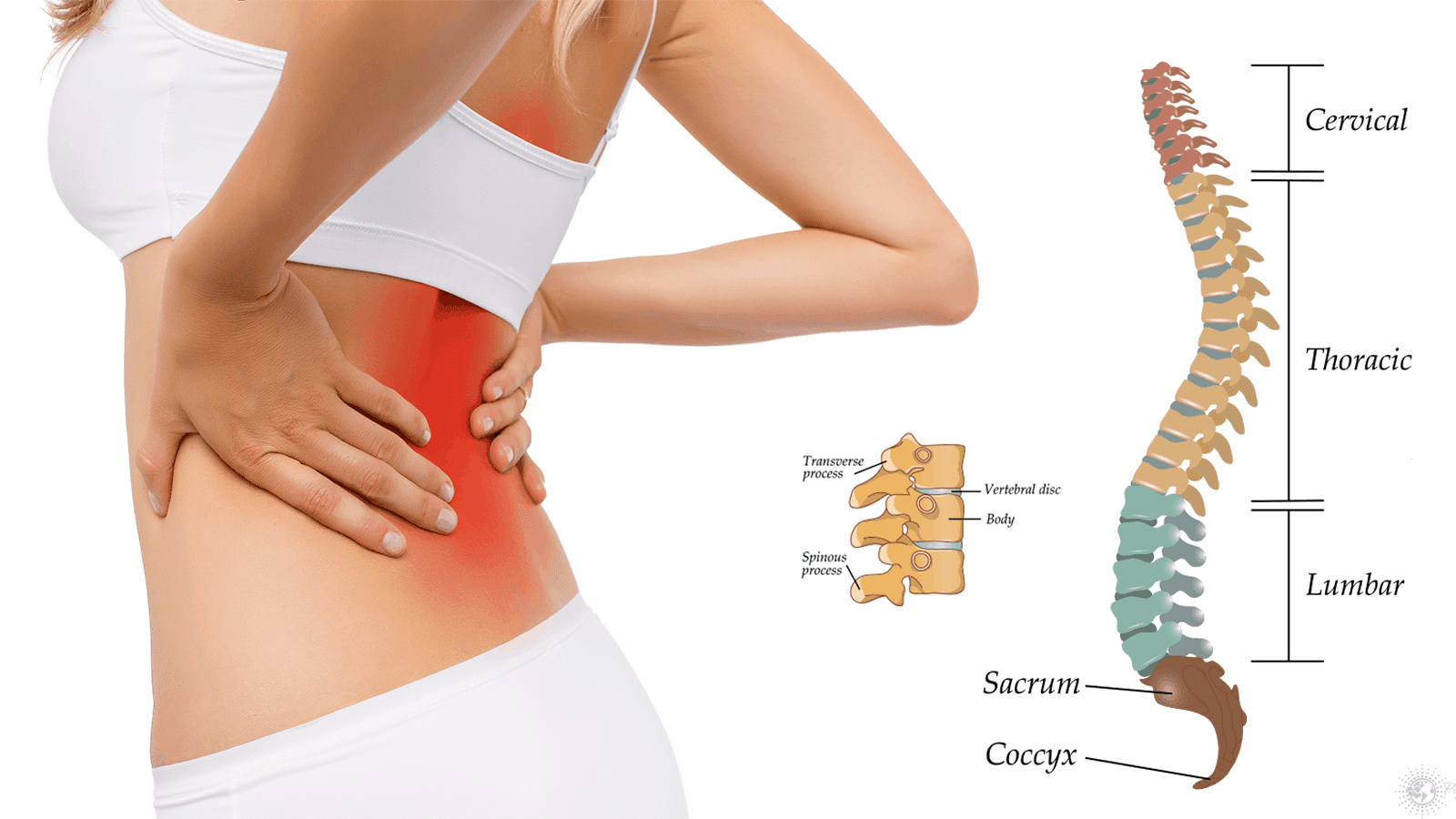Sometimes we know instantly what causes our backs to hurt. We stayed bent over too long gardening. We tried to lift something heavy. We carried the baby for hours while she slept on our shoulder. These things are explainable, even if they hurt.
Lower back pain is the number one cause of disability around the world, and of days off work and doctor visits in America. It affects men and women alike or around 80 percent of the population. It frequently manifests as a dull ache. It can quickly escalate to a sharp, stabbing pain. It lasts from a few hours to a few weeks.
Lower Back Pain Symptoms
There aren’t many. They are immediately recognizable, however. When the back catches and you can’t move, you’ve got a symptom. When pain radiates across the lower back, hips, and down the legs, it’s a symptom. Shooting, stabbing pains are a symptom as well.
Further lower back pain symptoms include losing bladder and bowel control, legs that won’t support you, or a burning pain radiating down the legs and feet, causing tingling or numbness.
Causes of Lower Back Pain
The spine comprises a tube protecting the nerves that carry messages to the brain and back again. This column runs from the end of the brain stem to the end of the spinal column. Protecting this tube are bony vertebrae. To keep the vertebrae from rubbing against each other and wearing out, rubbery discs act as cushions. The whole is joined by ligaments. Tendons attach the muscles to the spine.
Back pain rarely happens to the actual bones. Muscle damages, sometimes kidney stones, arthritis, and blown discs are more often the causes of lower back pain. Muscle strain from lifting the wrong way, twisting the wrong way, or overreaching yourself are the most common occurrences.
Ruptured discs, herniated discs, and degenerating discs are serious causes of lower back pain. This happens in the lumbar region, or low back, and is a sign of aging. The rubbery discs begin to disintegrate over time.
Traumatic occurrences to the spine from auto accidents, sporting accidents, or a massive fall are also causes of low back pain.
There are events that happen to the nerves, too, which will cause lower back pain. Sciatica is the most prevalent. The sciatic nerve runs from the lumbar region through the buttocks and down the back of the legs. Pinch that nerve, and you’ll be in a lot of pain.
When a herniated disc or ruptured disc presses against the nerve, it’s called radiculopathy. You’ll feel the numbness and tingling to tell you to see the doctor.
The bony vertebrae come out of place, too. When they do, you’ll feel the pain as they pinch those delicate nerves.
Lower Back Pain Treatment
The first and most important lower back pain treatment, according to doctors, is plain rest. When the body is in resting or sleep mode, it heals itself. It usually doesn’t need help, but severe pain calls for a little more than the body can do for itself.
If you’re not into chemical medications, then the holistic way of lower back pain treatment works just as well. Try lying on an ice pack for 20 minutes at a go. The cold confuses the nerves, so they don’t send painful signals to the brain. The ice also keeps the blood flow away from the area, reducing the swelling and pain.
For the next 20 minutes, lie on a heating pad. The heat soothes the painful muscles, relaxing them.
Medications as low back pain treatment include a long line of over the counter muscle relaxers such as ibuprofen, naproxen, acetaminophen, and aspirin. Prescription muscle relaxers and pain killers are simply too many to list here. Most doctors usually begin with steroids to take down swelling combined with a pain killer.
Then doctors move on to physical therapy exercises for back pain treatment. Physical therapists will have you exercise gently in their facility, then do the same exercises at home two to three times per day. By the end of the two to three weeks, you should be feeling better.
If the injury is serious enough, the doctor will advise wearing a TENS machine to help with the pain. The machine uses electrodes to send gentle electrical impulses to the injured area. The impulses block signals from the painful nerves while simultaneously exciting endorphins (the body’s feel-good chemicals).
https://youtu.be/YeKgaiwOtXo














 Community
Community

